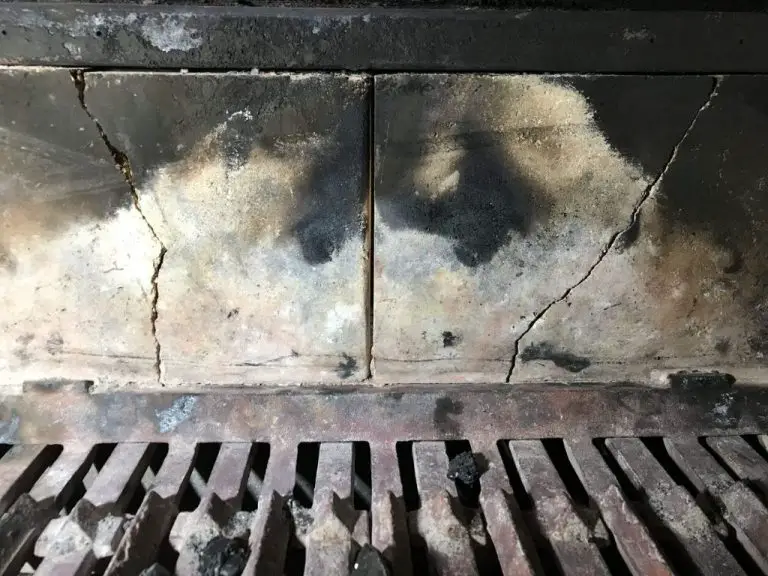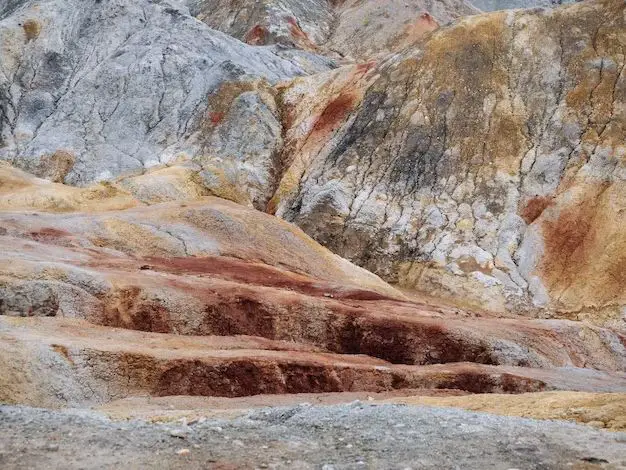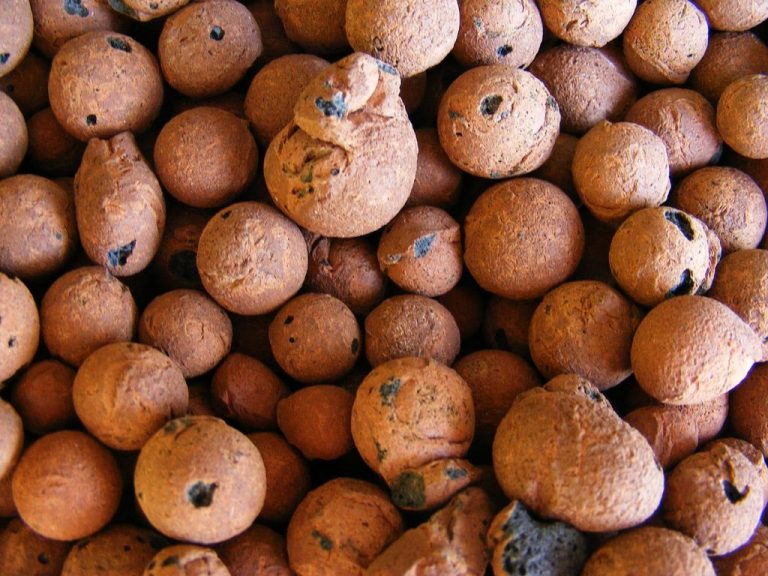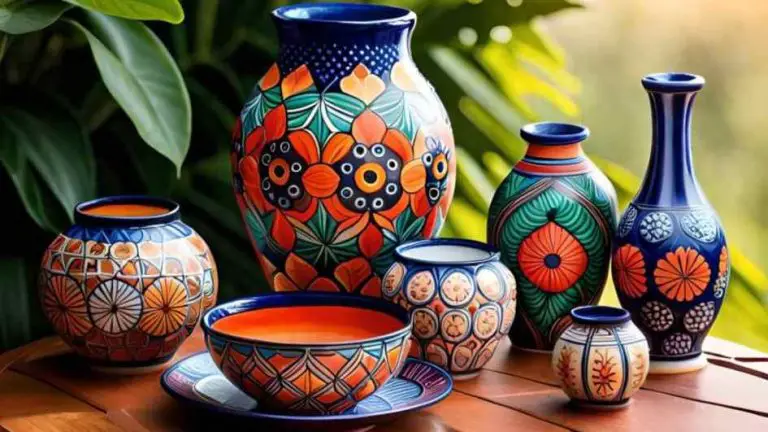What Clay Should I Use To Make A Vase?
There are several types of clay that can be used to make a vase, each with their own characteristics. The main types include porcelain, stoneware, earthenware, and terra cotta. When selecting which clay to use, the key factors to consider are the desired finished look, the firing method, the clay’s workability, and the cost.
Porcelain clays are very fine and smooth, producing delicate, translucent finishes. Stoneware fires to a harder, denser state that can hold water. Earthenware is highly workable but more porous after firing. Terracotta has an earthy look. Each clay requires specific firing temperatures and glazing approaches to achieve the best results.
Focusing on your priorities such as the visual style, whether the vase will hold water, and firing capabilities will help narrow down the optimal clay choice. With an understanding of the characteristics and workability of the main clay types, you can select the one that will work best for creating your ideal finished vase.
Porcelain
Porcelain is a dense clay known for its strength, whiteness, translucency, and resistance to water. It is composed of kaolin and feldspar fired at very high temperatures between 2,300°F and 2,500°F. Due to its high firing temperature, porcelain has very low porosity, making it an excellent choice for functional pieces like vases and tableware.
Porcelain is ideal for making thin-walled objects because its density allows it to maintain its shape without slumping or sagging. The smooth, glassy surface of porcelain also makes it perfect for decorative objects like vases where a refined, flawless exterior is desirable.
The pros of using porcelain for vases are its delicate, translucent appearance, durability and watertightness. Porcelain has a timeless elegance that suits formal floral arrangements. The cons are that porcelain can be prone to chipping if dropped and it requires skill to throw thin porcelain on the pottery wheel without slumping or cracking. Porcelain clay is also more expensive than other clays.
Stoneware
Stoneware is a popular type of clay that is dense, hard, and less porous than earthenware. It can withstand high firing temperatures, resulting in a strong, durable finished product. Stoneware has some great properties that make it a frequent choice for potters.
Due to its durability and resistance to thermal shock, stoneware is ideal for pieces that will be used on a regular basis and have some weight or thickness to them. It’s a common choice for mugs, plates, bowls, and other everyday dinnerware. The clay maintains its shape well during throwing and firing. Its natural gray-brown color provides a nice base that can be left unglazed or decorated with colorful glazes.
For vases specifically, stoneware has some advantages but also a few limitations. The density and strength of the material allows stoneware vases to have more intricate shapes and thinner walls without warping or cracking. The pieces will be sturdy and hold up well to regular use. However, stoneware can be heavy, so very large or elaborately decorated vases may not be the best choice. Unglazed stoneware is also prone to allowing moisture to seep through, so flower holders would need an impermeable glaze.
Earthenware
Earthenware is a type of pottery made from clay that has been fired at a lower temperature than other types, usually less than 2,200°F. This results in a very porous final product. Earthenware clays contain iron and other minerals which allows it to fire to a red, brown, buff or terracotta color. The lower firing temperature makes earthenware less durable and more absorbent than stoneware or porcelain.
Earthenware works well for making planters, decorative pottery and tiles thanks to its rustic finish and natural colors. The porosity can help with drainage when used for planters. Its lower strength also makes earthenware easier to cut and shape into decorative objects compared to denser clays.
For vases, earthenware has some disadvantages. Its porosity means it can seep water, so it may not hold water well for fresh flower arrangements. The finished product is also more fragile and prone to chipping. Earthenware vases require careful handling compared to porcelain or stoneware. However, the natural look and feel of earthenware can be desirable for some decorative vase pieces, especially for dry botanical displays.
Terracotta
Terracotta is an ancient type of clay that has been used for pottery and sculpture for thousands of years. It has an earthy red-orange color that comes from the natural iron oxide content in the clay. Terracotta is an unglazed, porous type of earthenware clay that is fired at low temperatures between 1000-1150°F.
Some of the key properties of terracotta clay are that it’s sturdy yet brittle, affordable and accessible. The porosity allows some air passage making terracotta excellent for hand-building planters, pots and sculptures. However, the porosity also means terracotta can soak up water, so it may not be the best choice for something like a vase that will hold water long-term.
For vases and vessels holding water, the porosity of unglazed terracotta can cause leaking or seepage over time. The firing temperature is also low for terracotta, making it more prone to chipping and cracking compared to higher-fired stoneware or porcelain. The unfinished terracotta surface can collect dust, dirt and stains easily without a glaze to create a smoother, sealed surface.
However, for short-term flower arrangements or dried botanicals, terracotta can make an attractive rustic or earthy vase option. The natural clay surface will provide an organic, authentic look. Just be aware that water can cause discoloration, absorption or sweating on the exterior of unglazed terracotta over time with extended use.
Firing Considerations
The firing temperature needed for your clay vase will depend on the type of clay you choose. Porcelain clays require the highest firing temperatures, usually around 2,300°F or more. Stoneware clays are fired at lower temperatures, typically between 2,200-2,300°F. Earthenware clays can be fired at even lower temperatures, around 1,800-2,100°F. Terracotta is a type of earthenware fired at around 1,900-2,000°F.
It’s important to match your glaze to the firing temperature of the clay body. A glaze that matures at higher temperatures won’t properly fuse and melt on a lower-fired earthenware clay. When working with vases, make sure any decorative glazes or slips you use are compatible with the clay body chemistry and firing temperature.
Firing vases requires some special considerations. Place vases with the opening facing down in the kiln to prevent glaze or debris from collecting inside. Use stilts, small tripod supports, under vases to prevent them from sticking to kiln shelves. Fire slowly, no faster than 200°F per hour, to allow any trapped air to escape gradually through the clay as it vitrifies. A fast firing can cause vases to explode from trapped air pressure. Allow adequate soak time at the target temperature to fully mature glazes and clay.
Desired Finish
The type of clay you choose will have a big impact on the final look and feel of your finished vase. Porcelain and stoneware tend to have a smooth, refined surface when fired, while earthenware and terracotta have more texture and absorbency that shows through glazes. Consider the visual aesthetic you want to achieve.
Glazing is highly recommended not just for appearance but to make the vessel nonporous. Different clays require different temperature glazes. Glazes can create bright, glossy colors or more muted earthy tones depending on the ingredients and firing method. Specialty glazes like crystalline can create dazzling effects. Most glazes work best on stoneware and porcelain.
For earthenware and terracotta, completely coating the piece in glaze may diminish the natural terra-cotta look. Try using wax resists, layering glazes, or limiting glaze to only certain areas. Slips and engobes — liquid clays — can also add color while showcasing the clay texture. Raku firing produces unique crackled finishes.
Acrylic and oil paints can be used to hand-paint designs on bisque fired pieces. Avoid painting unfired clay as the paints may not hold up at high temperatures. For a matte look, low-fire clays can be left unglazed with a patina or polish added.
Cost
When selecting clay for a ceramic project, cost is an important consideration. The type of clay can range widely in price from just a few dollars per pound for basic earthenware clays to over $100 per pound for more specialized porcelain clays. Here are some factors to keep in mind regarding cost:
– Earthenware clays are generally the most affordable, starting around $5-10 per 25 lb bag. These are great choices for beginner potters or large projects where cost is a concern.
– Stoneware clays are mid-range in price, from $15-30 per 25 lb bag. Stoneware is strong, durable, and produces professional-quality pieces. It’s a good choice for most functional ware and pottery projects.
– Porcelain clays are the most expensive, ranging from $30-150+ per 25 lb bag depending on the specific clay body. The expense comes from the purity and specialized mineral content of porcelain. It’s ideal for delicate items like tiles, dinnerware, and sculptures.
– Larger quantities can provide some cost savings vs buying clay in smaller amounts. Buying 50-100 lbs at once will typically get you a discount of 10-20% off regular pricing. Just ensure you have adequate storage space.
– Consider the finished piece. A higher priced porcelain may be worthwhile for a showpiece, while earthenware could be perfectly acceptable for a backyard mosaic. Let your project requirements and budget guide the decision.
Availability
When it comes to sourcing clay, you have a few options depending on the type you need. Here’s where you can find some common clays:
Online Shops
Many online retailers sell a wide variety of clays that can be shipped directly to your home. Places like Amazon, Blick Art Materials, and Dick Blick offer porcelain, stoneware, earthenware, and terracotta shipping nationwide. The selection is broad and you can easily find what you need. Prices and shipping costs vary between retailers.
Local Art Stores
Visit brick and mortar art supply shops and ceramic studios in your area. Many carry basic clay bodies for handbuilding and wheel throwing. Local stores are best for getting small amounts of clay quickly without waiting for shipping. However, selection is often more limited than online.
Direct from Manufacturers
Some clay manufacturers sell direct to consumers through their websites. For example, you can order clays like porcelain and stoneware directly from Standard Ceramic Supply Company or Highwater Clays. Going direct to the source can provide the best selection, but larger minimum orders may be required.
So in summary, online retailers offer convenience and variety while local stores provide immediate access. For best price and bulk orders, purchase directly from manufacturers.
Conclusion
When choosing a clay for vase projects, there are several key factors to consider including how the clay holds detail, desired surface finish, firing requirements, cost, and availability. Porcelain is known for its bright white color and ability to hold fine detail, but can be prone to warping and cracking and is more expensive. Stoneware provides a nice compromise between detail and durability and is widely available. Earthenware is inexpensive and easy to work with but requires low firing temperatures. Terracotta has a distinctive earthy look but requires sealing to be watertight.
For most vase projects, stoneware clay offers the best combination of workability, durability, aesthetics, firing requirements, cost and availability. It can capture fine details while still being less prone to warping than porcelain. The surface can be left unglazed for a natural look or glazed in many colors. Firing temperatures are reasonable for most home studios. Stoneware clays are also widely available at local shops and online. Unless a specific aesthetic like bright white porcelain or natural terracotta is desired, stoneware clays are a versatile and recommended option for creating beautiful handmade vases.




